How to propagate lavender from cuttings – expert tips for successful softwood and hardwood propagation
Softwood and hardwood cuttings can be propagated in soil or water
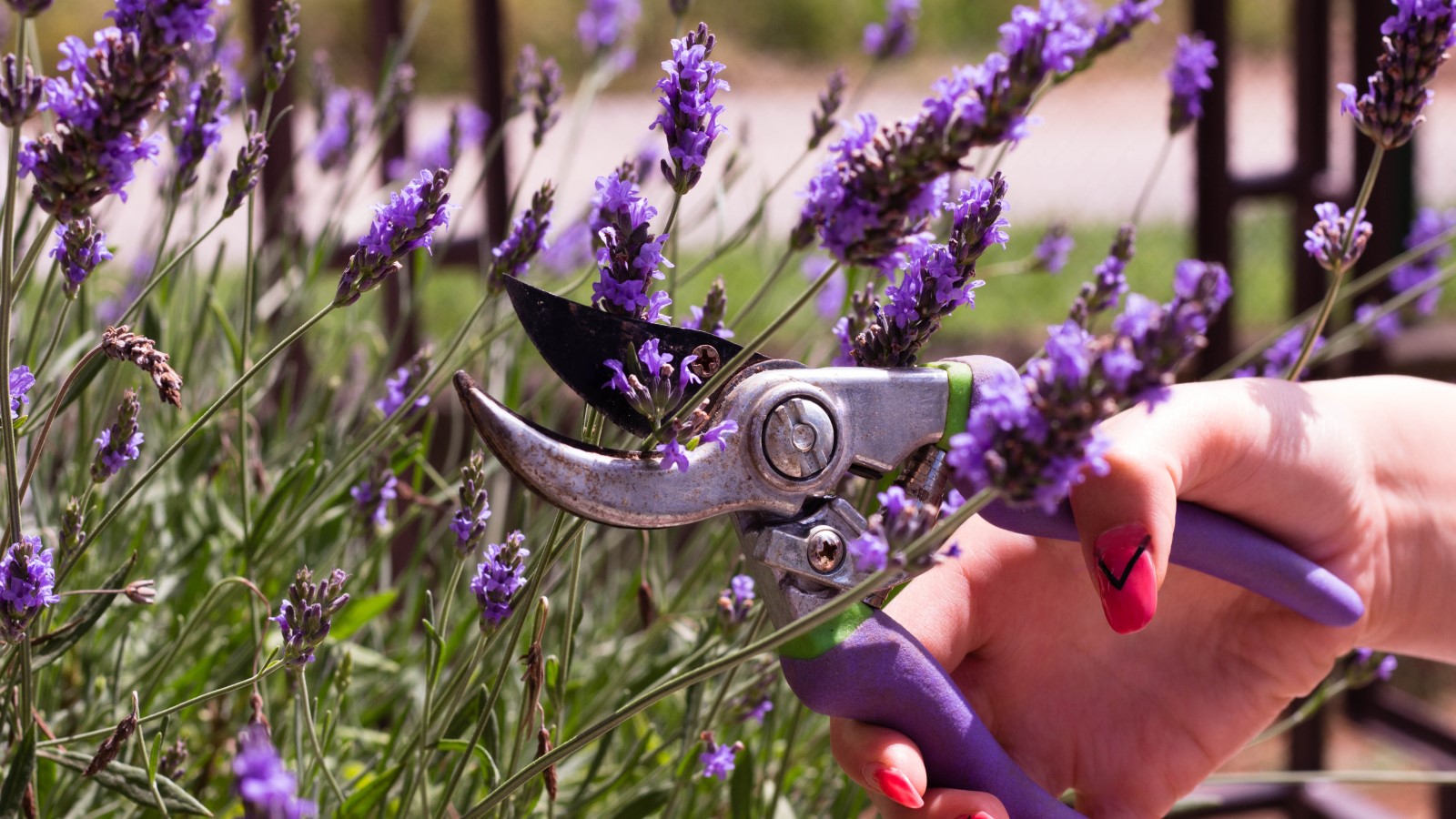

Lavender is a hugely popular aromatic herb that is used in baking, beauty products and for its medicinal properties. The plant is commonly seen in gardens around the world and is a simple plant to propagate from cuttings.
If you are growing lavender in your garden and want to propagate more plants, then there are several options. While lavender can be grown from seed, it is recommended to propagate existing lavender from cuttings and these can be either softwood or hardwood cuttings.
The differences between the cuttings include both their timing and how long the cuttings take to root. Seen as both offer quicker and more guaranteed solutions than from harvesting seed from your plants, cuttings should be top of your list if you want to propagate lavender.
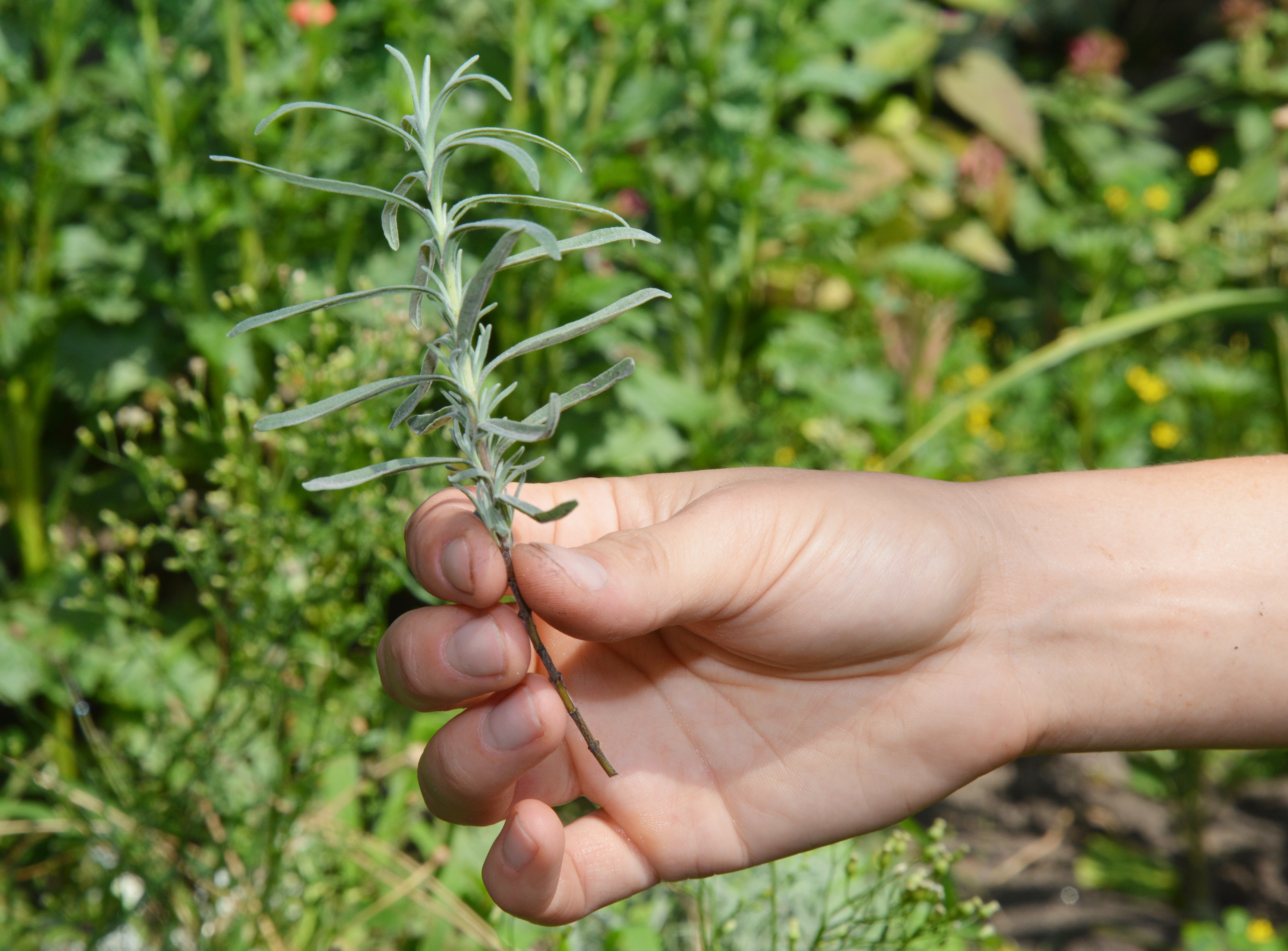
Softwood cuttings are quick and easy to do in spring and early summer
How to propagate lavender
William Alexander, Lavender Grower at Castle Farm, claims that, while lavender is a ‘semi-woody’ aromatic herb that can be propagated from cuttings or from seed, cuttings do represent the best way of propagating lavender as it ensures that ‘pure varieties’ of lavender emerge that replicate the parent plant.
Lisa Fontanarosa, co-owner of Jo's Farms, a lavender flower farm in New Mexico, adds that lavender cuttings should be taken from mature plants and then rooted in either water or soil – but she favors soil.
She adds: ‘The best time to propagate lavender is during mid-late summer during their active growing season and when it's hot and humid outside. We prefer to do this at the end of the harvest which is typically mid to end of July.
‘If you take the cuttings too late in the summer, or in the fall when the plant is starting to go dormant for the winter, they may not root.’
There are two times to take lavender cuttings, either softwood cuttings in spring or summer as outlined by Lisa, or from hardwood cuttings that are taken from the woody portion of the plant later in the year.
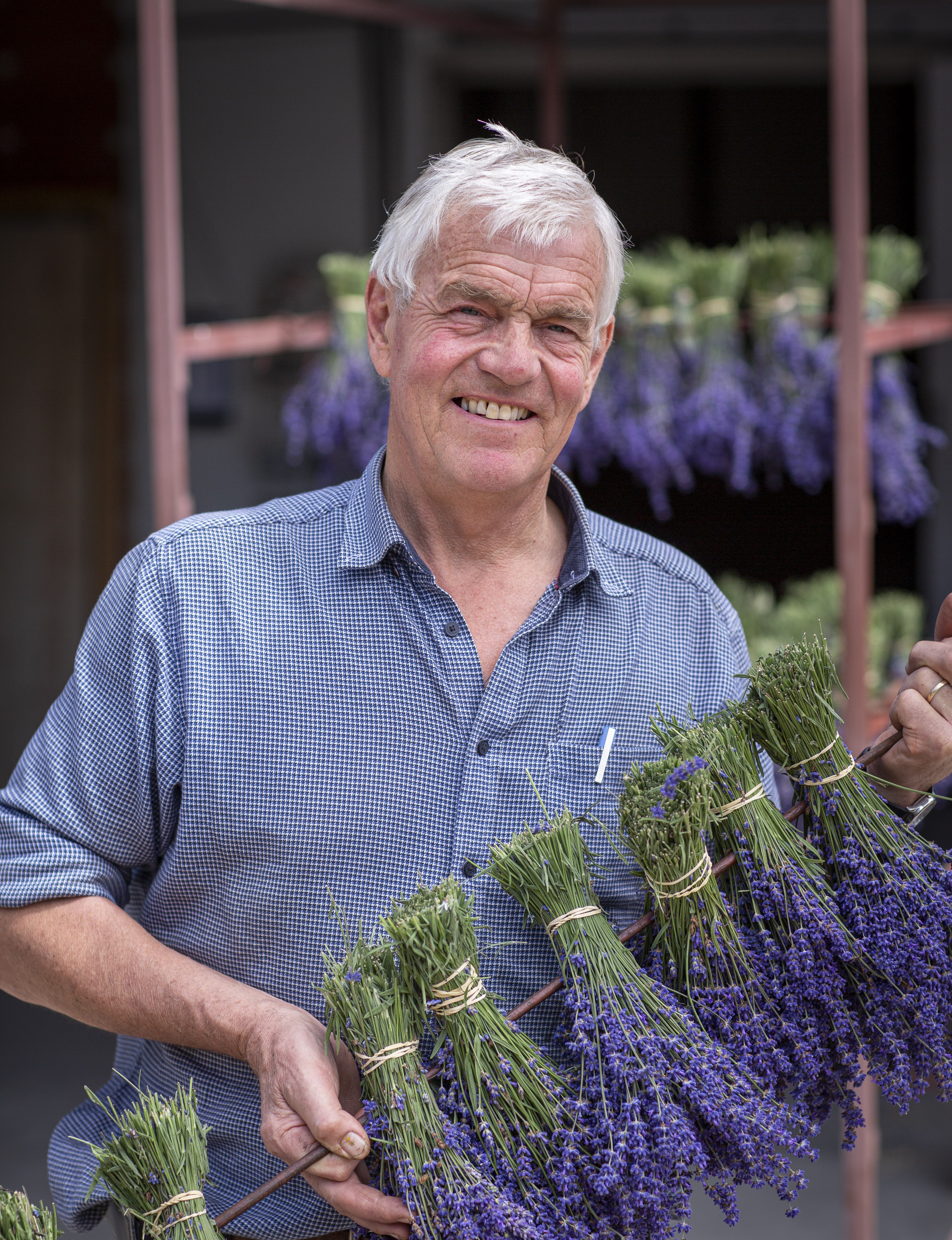
William Alexander runs Castle Farm in the North Downs of Kent, UK. Castle Farm grow and distil over 100 acres of Lavender for pure English Essential Oil. Their oil is used for aromatherapy, perfume and toiletries globally.
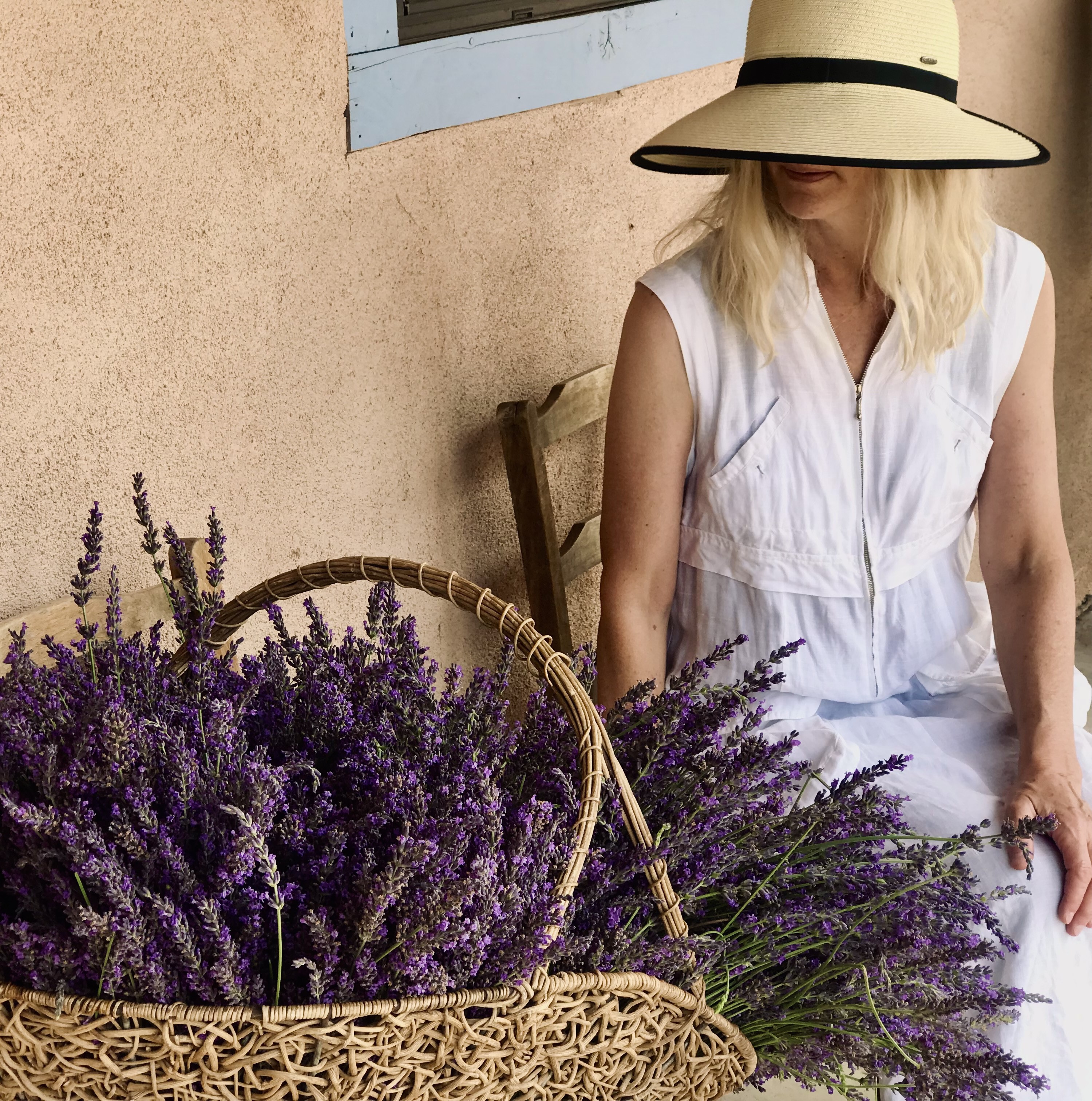
Lisa Fontanarosa is an experienced lavender grower and co-owner of Jo's Farms. Together with husband Joe Ornelas, she owns and operates Jo's Farms, a petite lavender flower farm in Albuquerque, New Mexico, where they grow and cultivate lavender and flowers all done by hand, without pesticides.
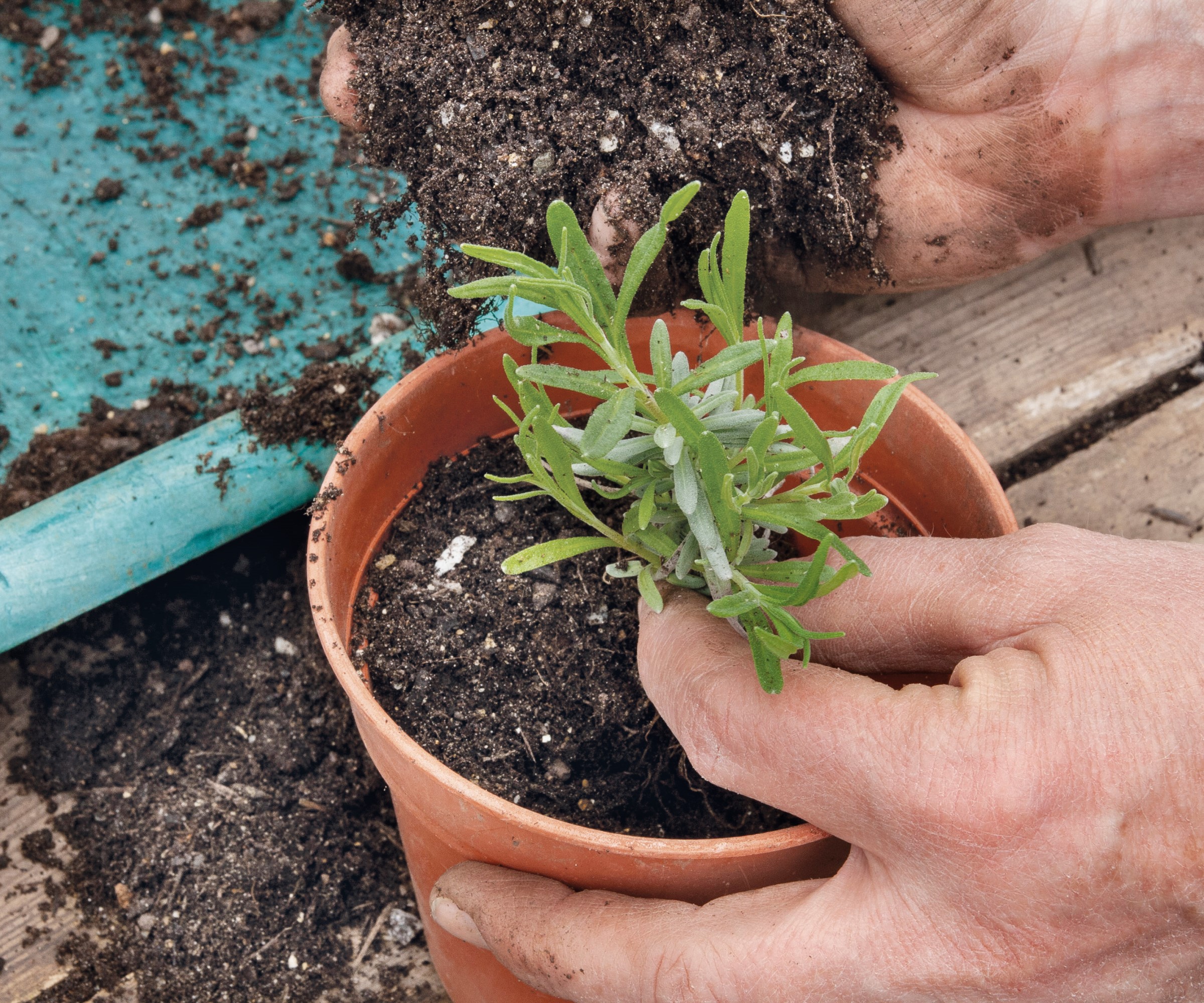
Lavender cuttings can be rooted in either soil or water
How to take softwood lavender cuttings
Softwood cuttings are taken from the new, soft, green growth that appears on lavender bushes in the spring and early summer. The advantage to softwood cuttings is that they root quickly. You must work quickly when taking softwood cuttings and get them into the soil fast, so have the soil prepared to cut the risk of the cuttings drying out before propagating them. Use a clean and sharp pair of pruning shears for taking cuttings to ensure a clean cut and reduce the risk of disease.
Lisa Fontanarosa advises that you ‘cut from the base of the stem’ when taking softwood cuttings of lavender and each stem you remove for the cutting should be several inches long, have three-to-five leaf nodes, and with some fresh growth at the top.
- Your cuttings should be three to four inches long and his year’s growth
- Shoots should not be flowering, and free from pests and disease
- Remove these away from the main stem with a thin strip of bark still attached
- Remove the lower leaves so you have three inches of bare stem
- Dip the end in rooting hormone and place in pots of compost. One example is the Gardentech Rooting Hormone Powder available at Amazon
- Water well and cover with a clear bag or plastic lid. You can get pots with humidity domes that are perfect for propagation, such as the MIXC Plant Nursery Pots available at Amazon
- Place the pot in a warm and shady spot, out of direct sunlight
- Remove the cover after about a month and, once rooted, cuttings are ready to be potted up or you can plant the lavender out in the yard
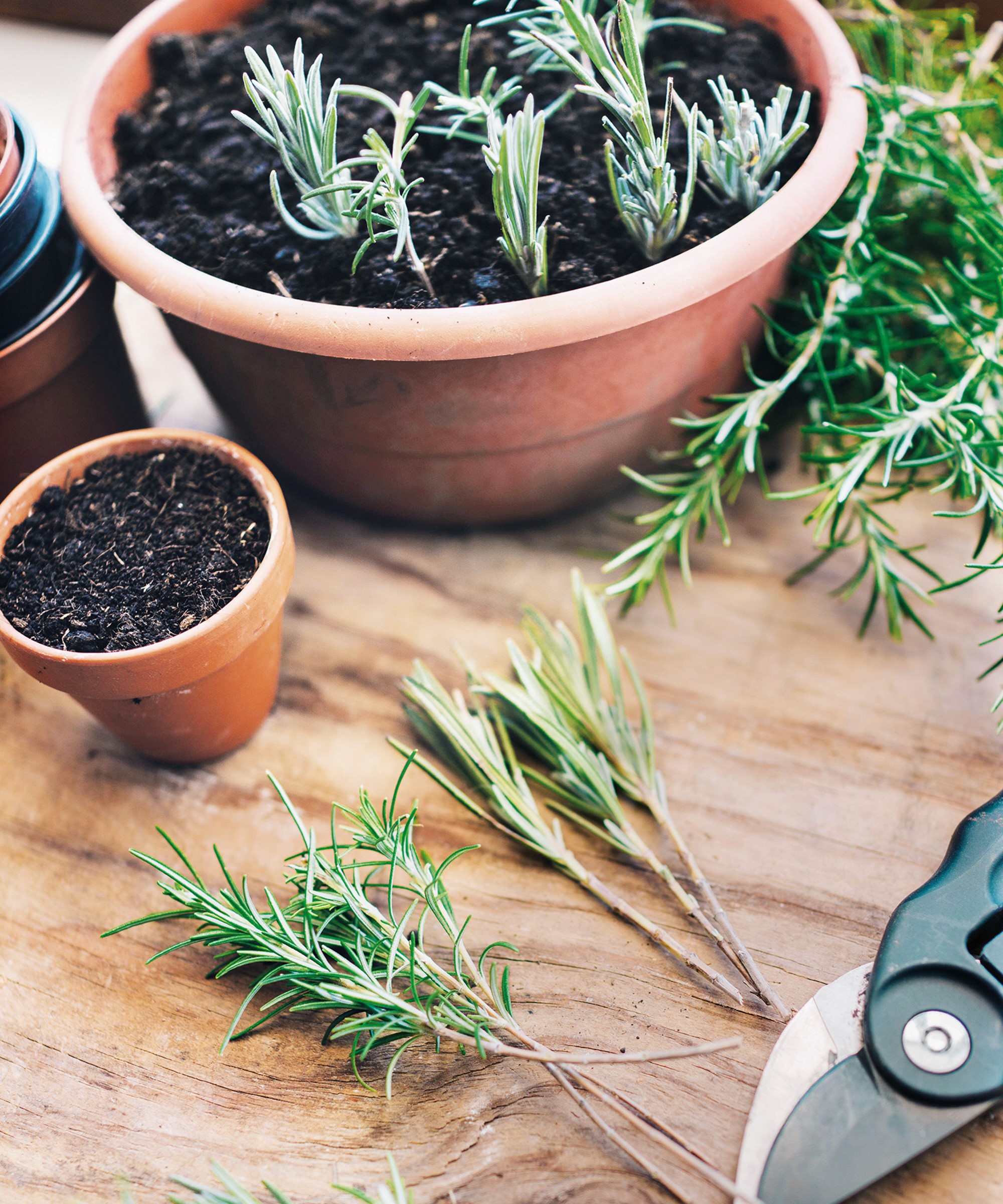
Leave the bottom few inches of the stem bare when taking lavender cuttings
How to take hardwood lavender cuttings
Hardwood cuttings are taken during the fall and winter months and William Alexander claims these are ‘more hardy and reliable, however they do take longer to root’. He says: ‘We recommend taking hardwood cuttings in late fall after flowering is complete, and the plant is dormant.’
For hardwood cuttings you want to choose a healthy side shoot and cut below a bump in the older brown wood. Lavender hardwood cuttings will be longer than ones taken for softwood cuttings, and want to be four to six inches in length. These cuttings can be taken at the same time as regular lavender pruning that occurs in fall.
Like with softwood cuttings, strip the lower leaves to leave a bare patch of stem and dip it in rooting powder before inserting into compost. The pot should be put in a well ventilated and shady area, watered sparingly, and then potted up individually when well-rooted. Remember that hardwood cuttings can take four to six weeks to start rooting.

Pot up lavender cuttings once they have developed a strong root system
How to propagate lavender in water
It is possible to propagate herbs, including lavender, in water. The advantage of propagating lavender in water is that the cuttings will start rooting quicker than in soil. However, their survival rates overall may be lower as they do not always respond well when it comes time to transplant the lavender.
Both softwood and hardwood cuttings can be propagated in water, however roots will develop quicker on softwood cuttings.
To grow lavender indoors in water, fill a glass with around two to three inches of water. Take your lavender cuttings and strip the bottom few inches of the stem of leaves. You do not want any leaves below the water line, or touching the water. Put the stem into the water and place them somewhere light, like on a windowsill, but not in full sun.
The roots should start to form quickly, within two weeks for softwood cuttings but more than double that for hardwood. Keep the water topped up and change the water if it becomes discolored.
Once the cuttings have developed a good root system, it is time to plant the new young lavender. You can either pot it up to grow on, or plant it straight out in the backyard.
Propagating lavender is a fairly simple task and the best way to grow more aromatic herbs for your herb garden at home. Whether you want to take softwood or hardwood cuttings is up to you, both are viable ways of getting new plants. The other option is to get a packet of lavender seeds, such as from Burpee, but it is a slower way and it will be much longer till you can harvest lavender from those plants.
Sign up to the Homes & Gardens newsletter
Design expertise in your inbox – from inspiring decorating ideas and beautiful celebrity homes to practical gardening advice and shopping round-ups.

Drew’s passion for gardening started with growing vegetables and salad in raised beds in a small urban terrace garden. He has worked as a professional gardener in historic gardens and specialises in growing vegetables, fruit, herbs, and cut flowers as a kitchen gardener. That passion for growing extends to being an allotmenteer, garden blogger, and producing how-to gardening guides for websites. Drew was shortlisted for the New Talent of the Year award at the 2023 Garden Media Guild Awards.
-
 How to fertilize magnolias – garden experts reveal the secrets to better blooming, and timing is critical
How to fertilize magnolias – garden experts reveal the secrets to better blooming, and timing is criticalMagnolias are famed for their spring flowers, and feeding at the right time can give trees a boost
By Thomas Rutter Published
-
 Sarah Jessica Parker's spring tablescape epitomizes lived-in luxury with art deco candle holders and a statement tablecloth – it's easy (and affordable) to recreate
Sarah Jessica Parker's spring tablescape epitomizes lived-in luxury with art deco candle holders and a statement tablecloth – it's easy (and affordable) to recreateKick off the season right with a warm table that invites guests into your home by emulating Sarah Jessica Parker's luxe and cozy scheme
By Sophie Edwards Published